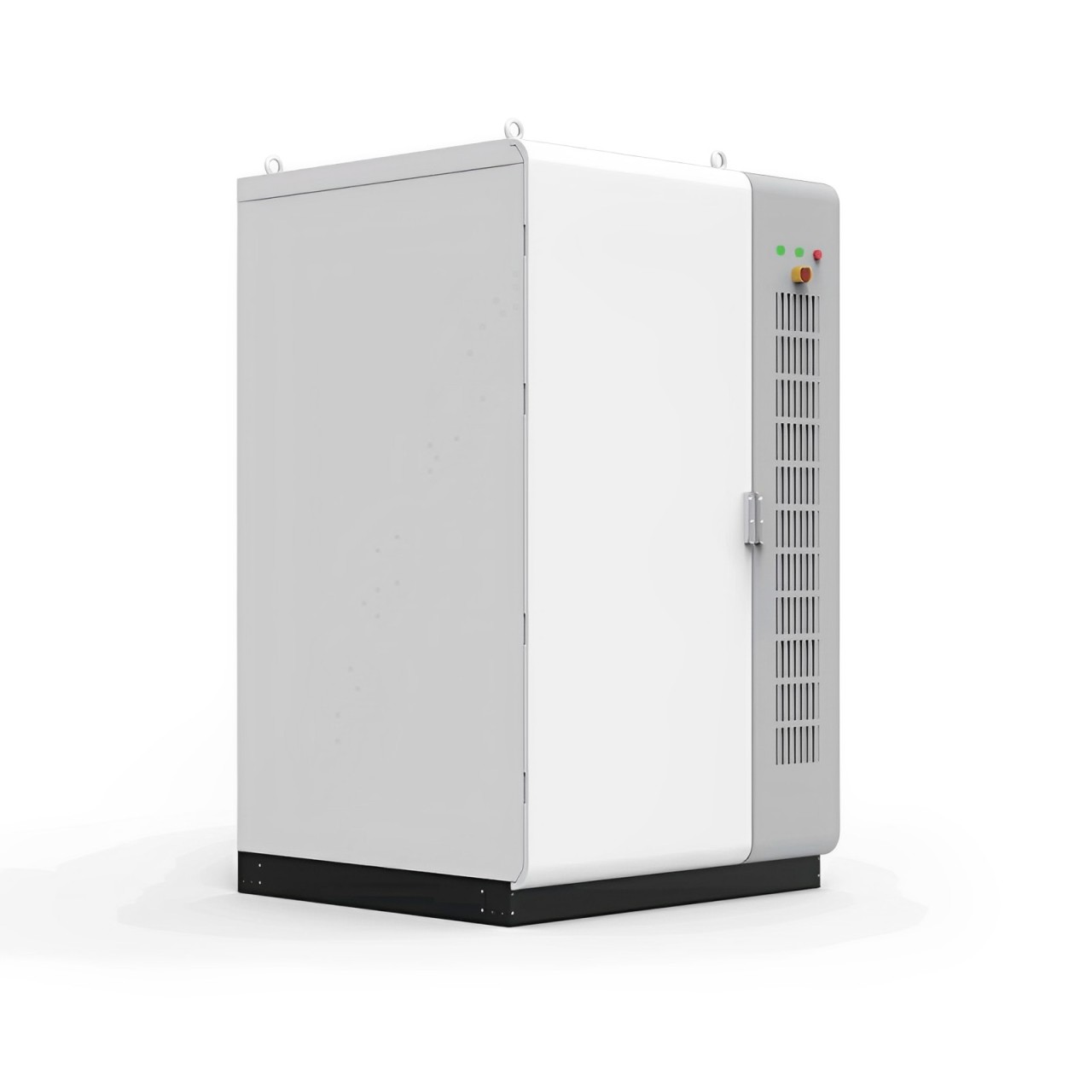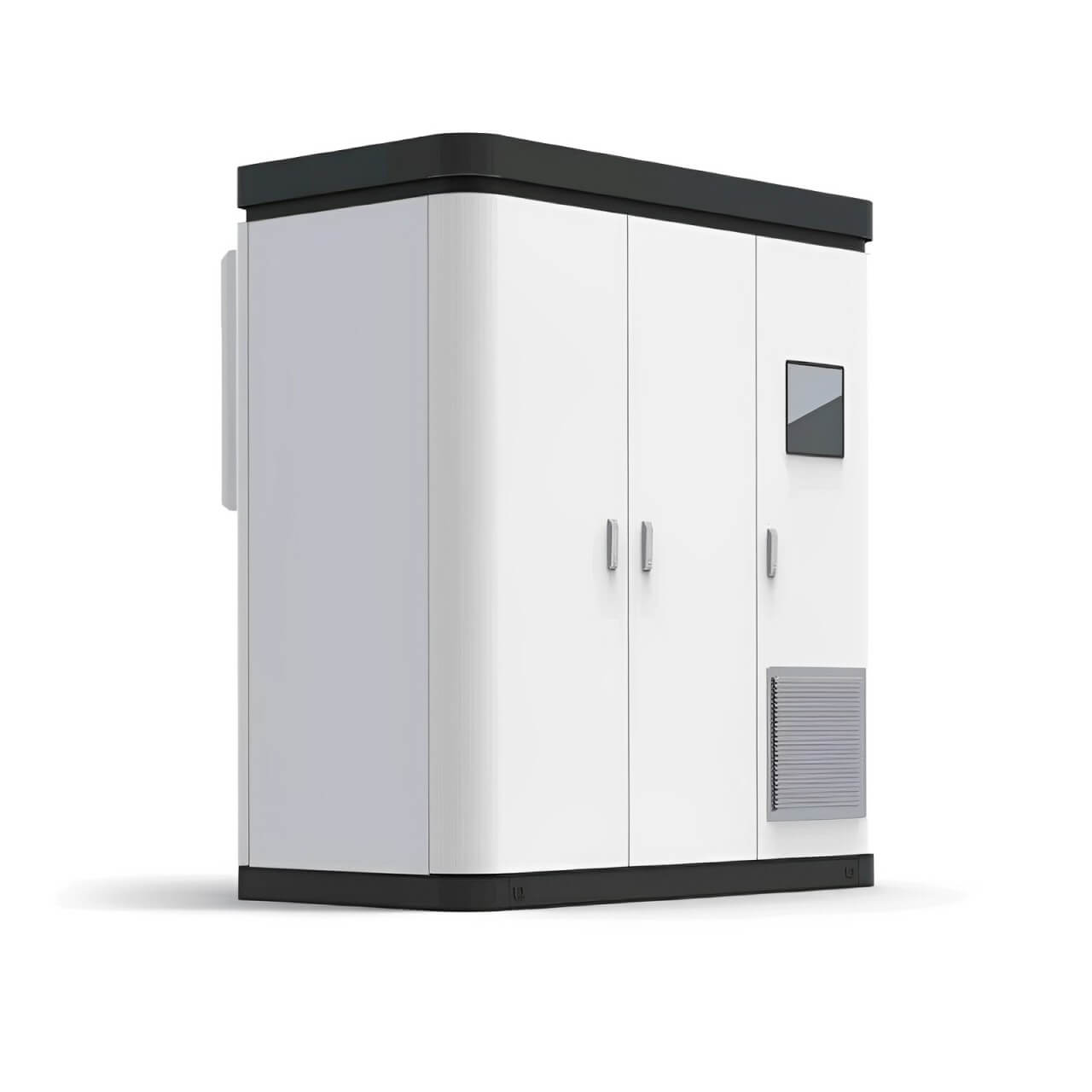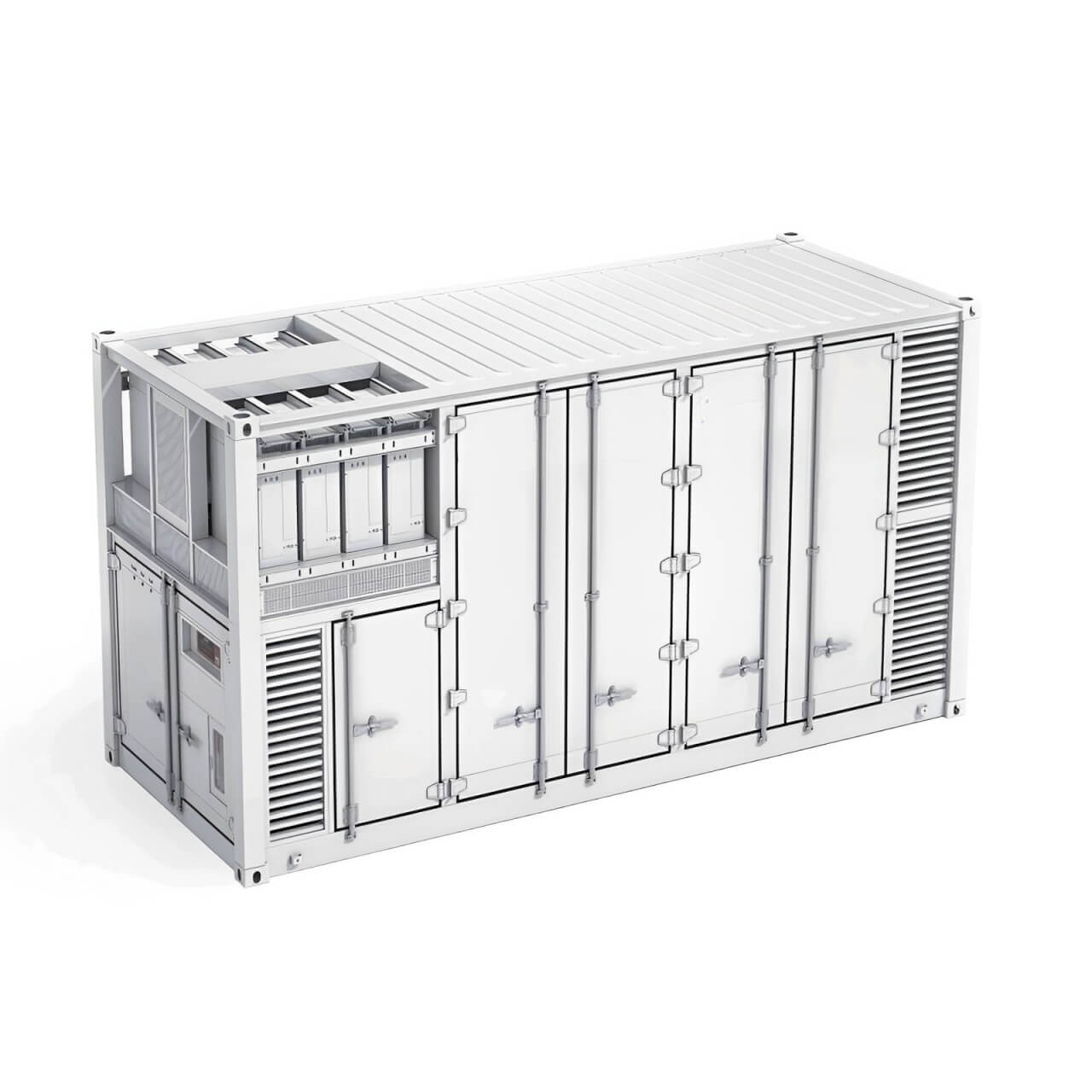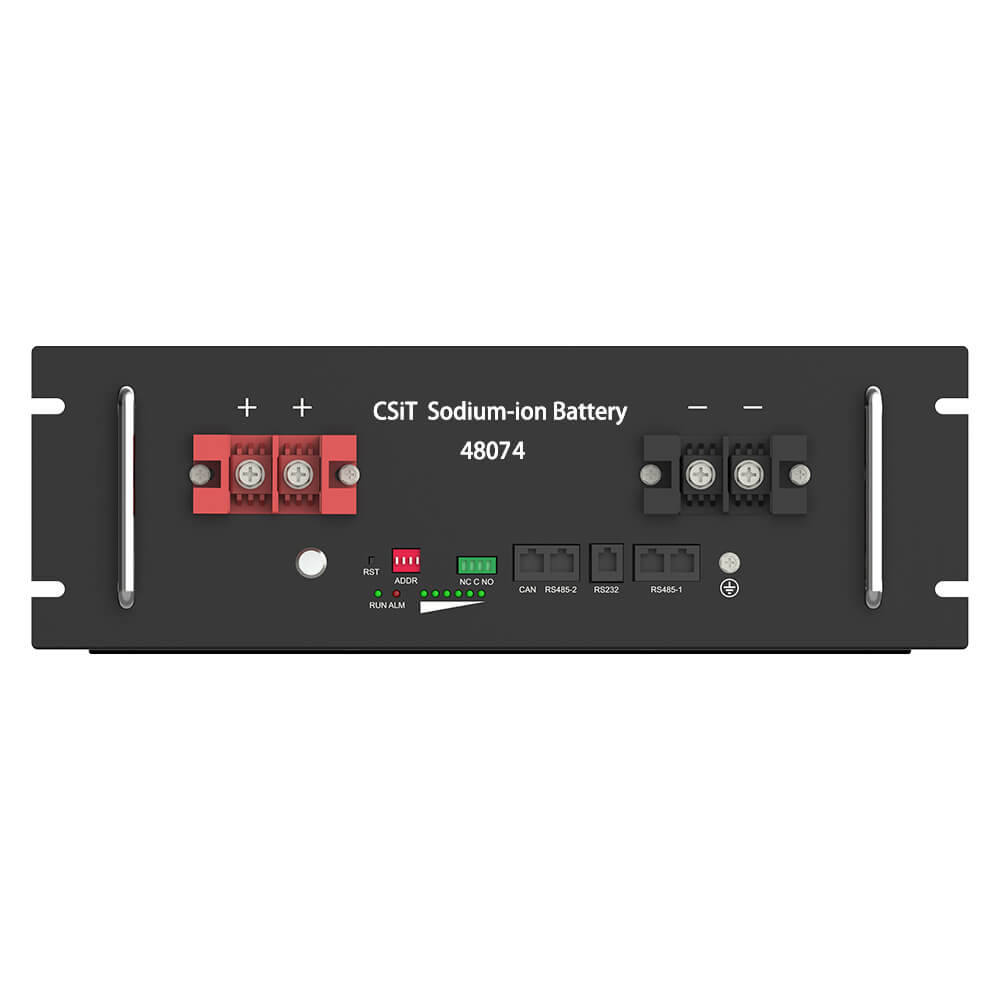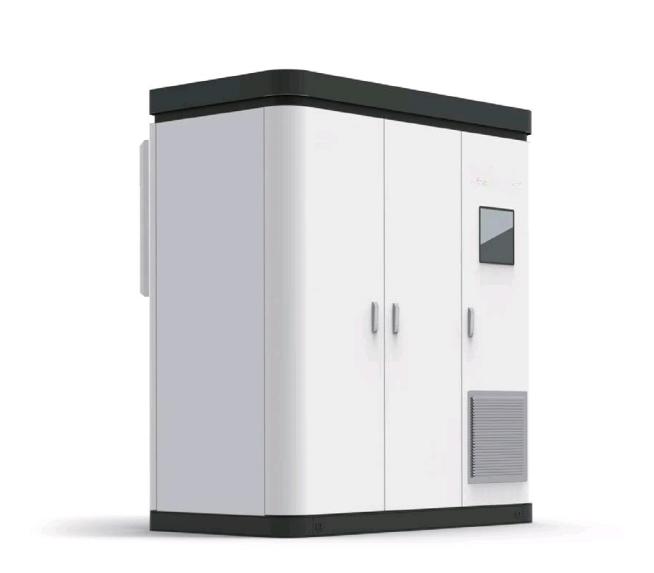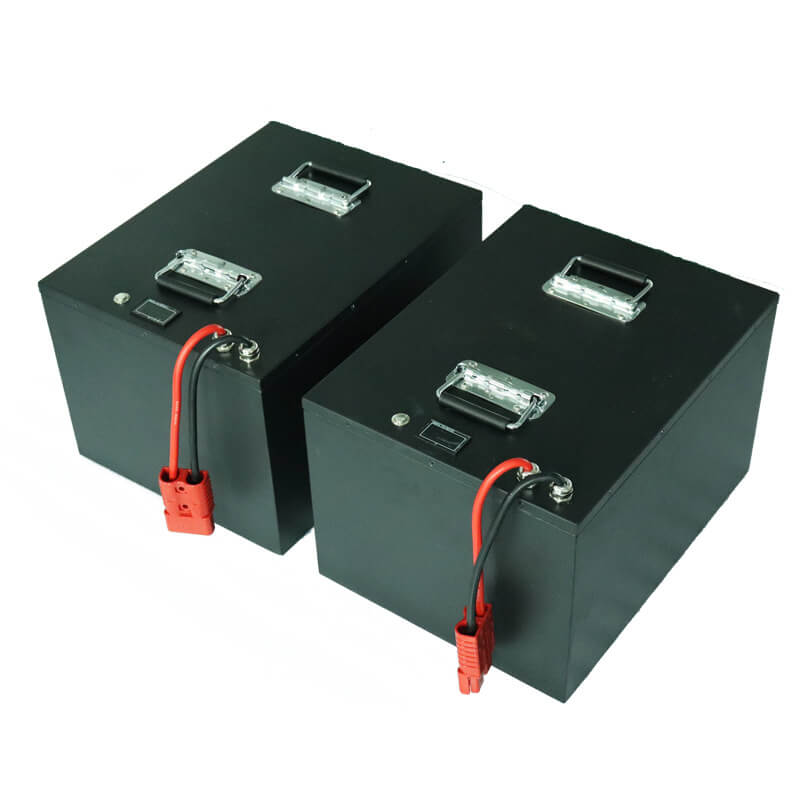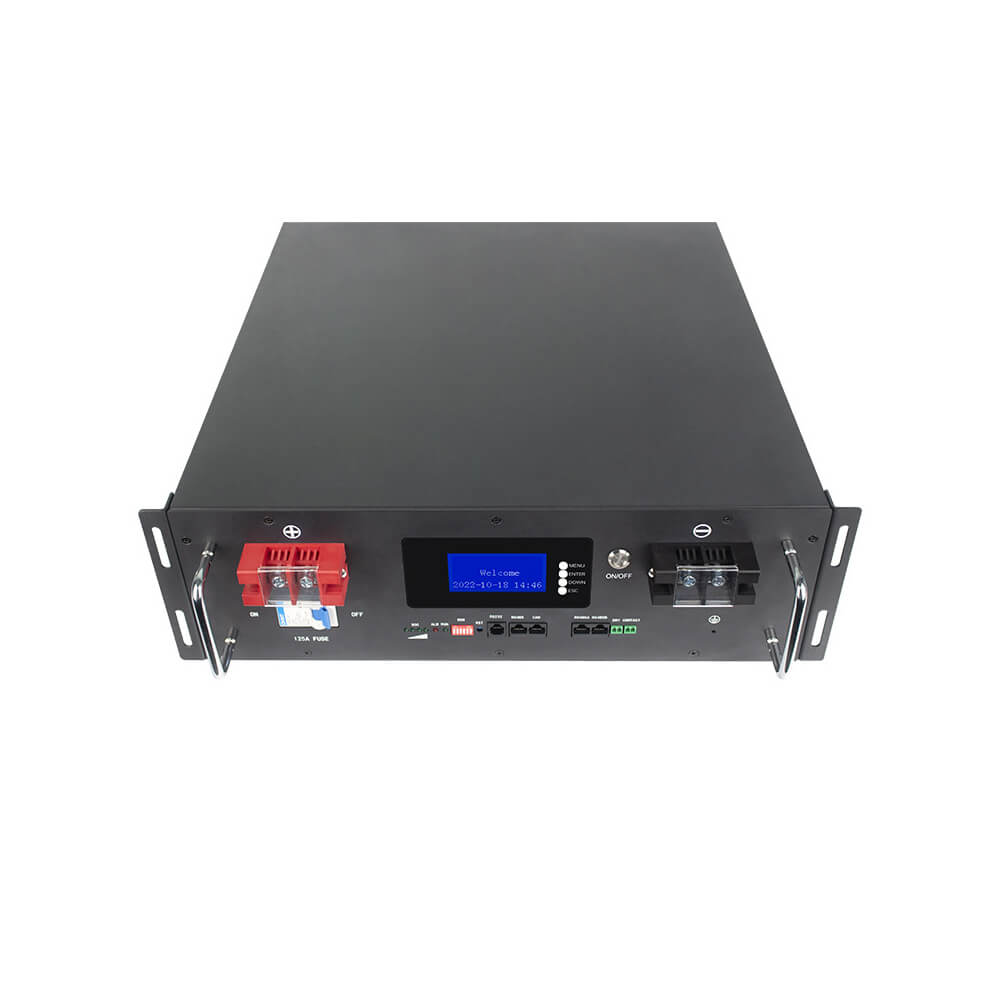Save money without fear of power outages! How are energy self-sufficient outdoor PV storage systems installed and deployed?
Distributed Residential Photovoltaics (DRP) refers to the installation of photovoltaic (PV) power generation systems on the roofs or other available spaces of residential homes or buildings to meet the electricity needs of residential households. Photovoltaic power generation systems provide residents with clean, renewable energy by converting solar energy into electricity. Currently, the major household PV companies in the Chinese market include Astronergy, Lungi, Skyworth, Sunny, BYD, TCL, Haier, Konka, CSIT and other PV solar panel manufacturers.
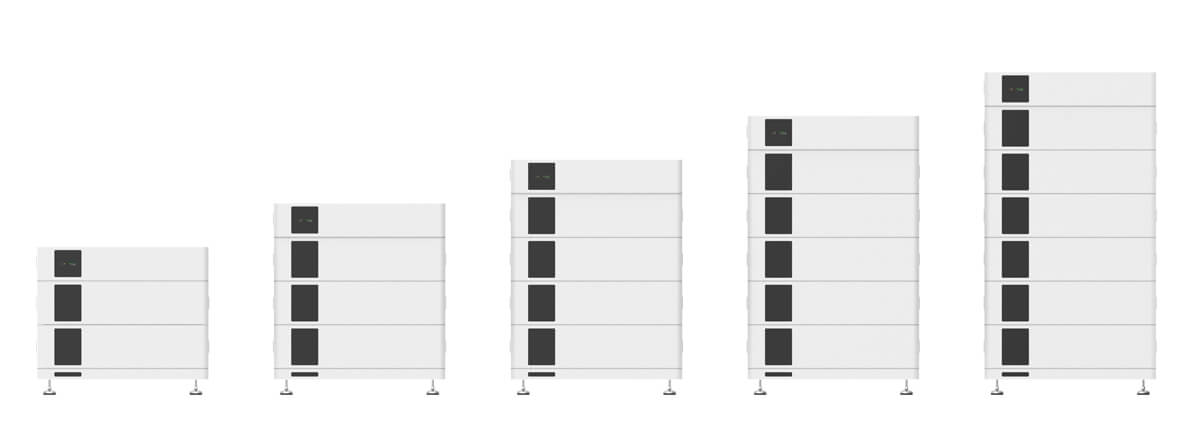
Distributed outdoor PV systems usually consist of solar panels, inverters, battery storage systems and power monitoring equipment. Solar panels are responsible for converting solar energy into DC electrical energy, which is converted into AC electricity by an inverter for home use. The battery storage system stores excess power for use at night or in low light conditions. Power monitoring equipment is used to monitor the system's power generation and energy consumption.
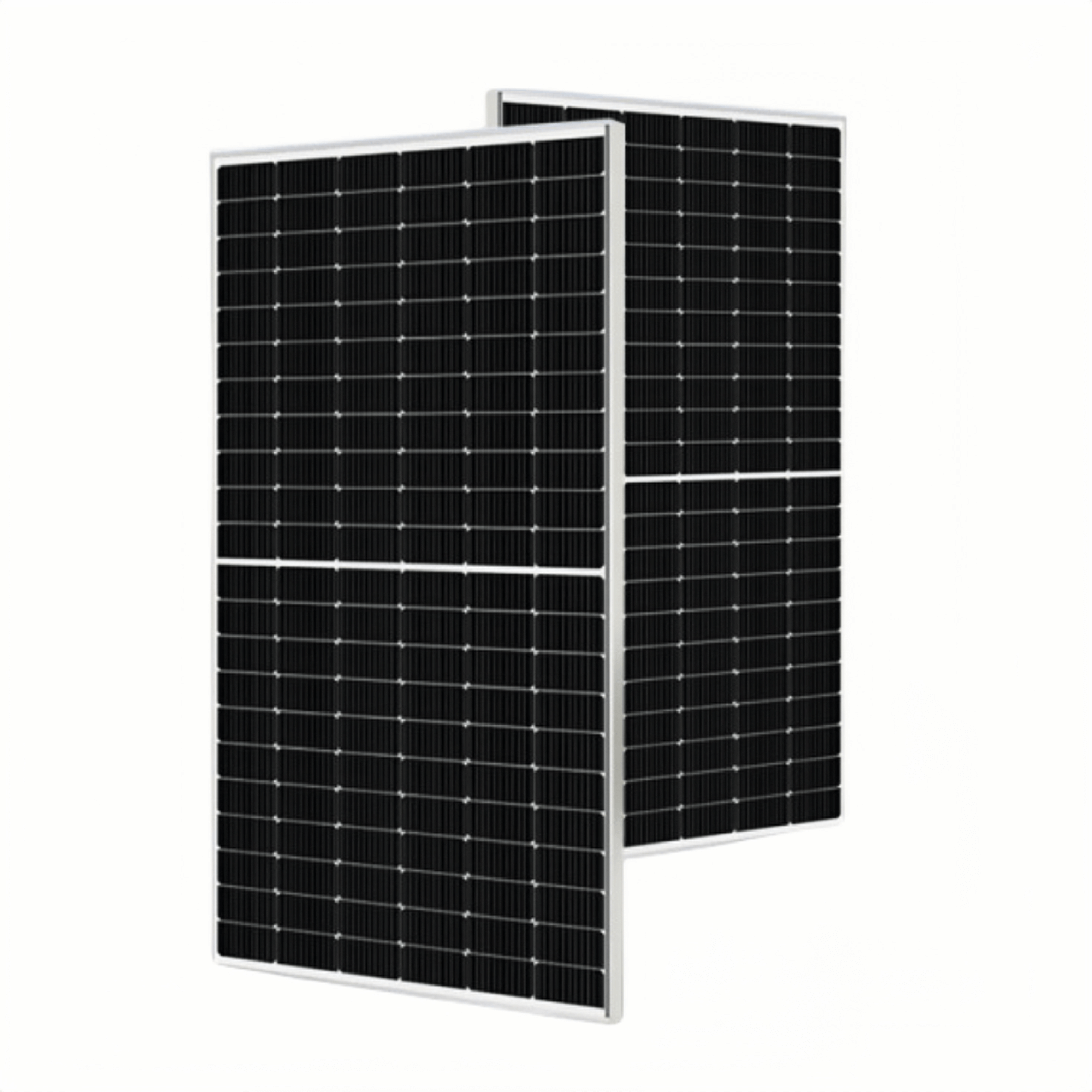
The deployment process for an outdoor PV solution typically includes the following steps:
Needs assessment: Determine the need for installing a PV system, including factors such as energy demand, budget, and feasibility. Evaluate the sunlight reception of the house or building to determine the suitability of installing a PV system.
Design planning: Based on the results of the needs assessment, design the size of the PV system, the number of modules, and the installation location. Consider factors such as sunlight hours, inclination, and shadows to maximize the power generation efficiency of the PV system.
Obtaining permits: Apply for relevant permits and procedures in accordance with local rules and regulations. It may be necessary to submit an application to the local government department to obtain a license to install the PV system.
Select equipment: Choose high-quality solar PV modules, inverters and other related equipment. Pay attention to the performance, quality and warranty of the equipment.
Installation and construction: Hire a professional PV system installation team to carry out the construction. They will install the solar PV panels, inverters, batteries, and other equipment and connect them to the building's electrical grid.
System connection: Ensure that the PV system is connected to the building's electrical grid. This may require some electrical engineering operations, such as installing equipment like PV inverters and meters.
Inspection and testing: Perform system inspections and tests to ensure that the PV system is functioning properly. This includes checking electrical connections, power output of the modules, etc.
Grid connection: Contact the local power company to ensure that the PV system can be properly connected to the grid. A grid connection contract needs to be signed with the grid provider and subject to their review and approval.
Monitoring and Maintenance: Once installed, the PV system is regularly monitored and maintained to ensure proper operation. This includes cleaning the solar panels, regularly checking the electrical equipment, and monitoring the power generated.
It is important to note that the deployment process for household PV solutions may vary depending on the region, country, and specific project needs. It is recommended to consult a professional and comply with local codes and regulations in practice.

 简体中文
简体中文 Russian
Russian French
French German
German Japanese
Japanese Korean
Korean Arabic
Arabic Spanish
Spanish